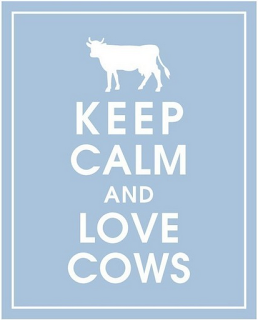 |
| Image courtesy of the J Willard MArriot library University of Utah |
When I was young in Shelley, Idaho, shopping was easy. What we didn’t produce, we purchased at the only food store in town, “Crook’s Food Center,” a small corner grocery store owned and operated by Niles Crooks, a member of our church congregation. You could fit his entire store in a couple of aisles of a modern grocery store. While he carried all the basics, the variety of his inventory was usually limited to one type of each product. My uncle ran his produce section. I don’t remember the name of Nile’s butcher.
Niles gave my parents credit to buy groceries during the growing season and we paid the bill when we sold our wheat and potatoes. He issued Gold Strike trading stamps for our purchases and I licked and pasted the stamps into the books which my mother would accumulate and redeem for a small kitchen appliance each year. Niles gave mom credit for all the coupons she clipped from magazines, whether she bought the product or not, as long as he carried the item in his store.
One of my biggest decisions each week was what type of breakfast cereal to pick. Mom always let me decide and I chose the one with the best prize inside. Honeycomb had a promotion where you could send in box tops for plastic cowboy and Indian figures. My family got tired of Honeycomb. When Huntsman’s Supermarket opened in Shelley, my mother stayed with Niles. He had earned her patronage. Even with two choices of where to shop, shopping remained simple.
Today, shopping is complex. The closest thing we had to Crook’s Food Center, Boonsboro Produce, sold out when a Weis grocery chain store moved in across the street a few years ago. We have no allegiance to any one and so we have to select from a myriad of store options: Wal-Mart, Costco, Target, and three or four grocery chains (traditional and upscale, depending on the location). Each carries an astonishing assortment of products. We have to not only pick what to buy, we have to pick what brand we want and whether we want the traditional, low-fat, low-sugar, low-carb, or specialty flavored version of it. And we now have the options of natural, organic, hydroponic, GMO, non-GMO, local, pastured, free range, kosher, halal, and thousands of foods from around the world. Then we have to decide what container size to buy. The other day I tried to purchase a bottle of salad dressing—I stood looking at a display 6 feet tall and 40 feet long of options. Overwhelmed, I left without buying any. And with our growing interest in our food sources, we want to buy directly from farmers at farmers markets, road side stands, CSAs, and pick-your-owns. While everyone expounds on the wonders of all the choices we now have, I wish Niles was still around.
~Uncle Dale~
































